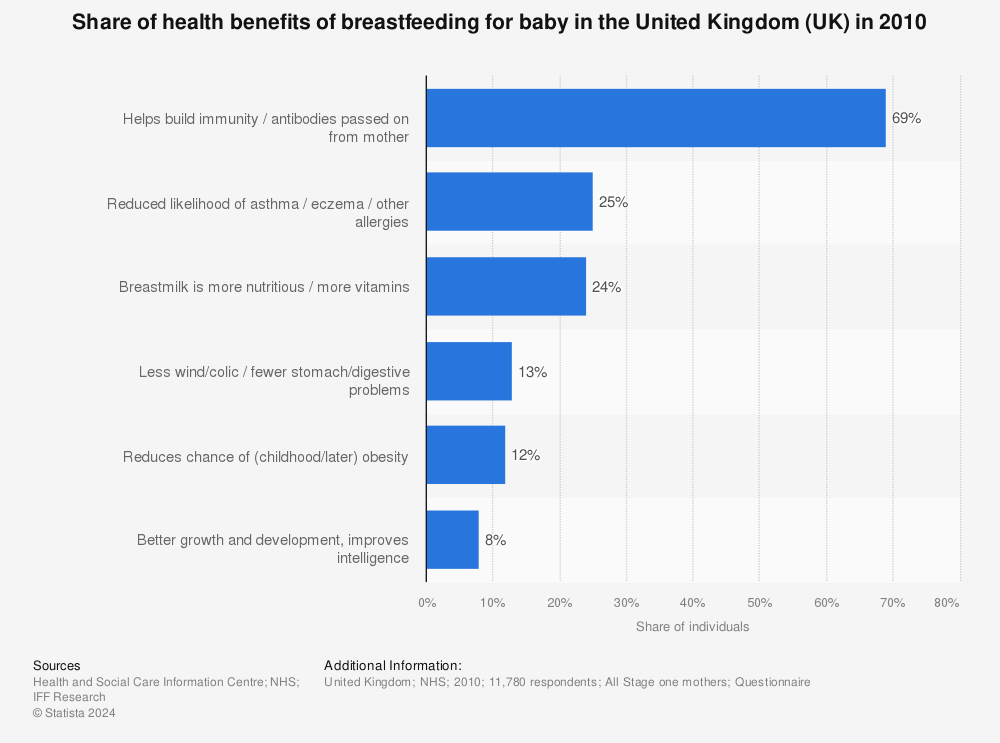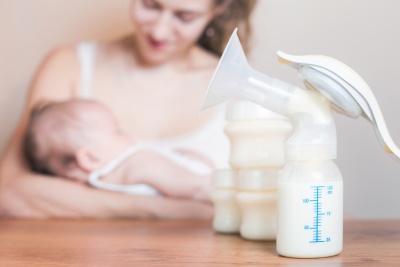The global breast pump market is anticipated to reach 1.01 billion USD by 2022. This will be a highly impressive growth from 0.71 billion USD in 2017. The breast pump market is growing in response to breastfeeding difficulties, including engorgement, poor attachment, refusal, soreness and more. All these factors increase the demand for breast pumps.
Breast pumps are devices used to help extract milk from the breasts for mothers to give to their children. Breast milk is widely believed to be very healthy for growing infants and may have particularly beneficial effects in terms of mental development, immunity and more.
Unfortunately, many mothers are unable to feed their children naturally for a range of reasons. These include engorgement, poor attachment, breast refusal, nipple soreness and others. As these conditions increase in prominence, so too does the demand for alternative methods of feeding, such as the use of breast pumps. It is also likely that technological advancements in medical devices could further help to drive this market forward.
Breast pumps can also be useful in a variety of other scenarios. For instance, breast pumps can be used to allow mothers to have time away from their babies. When children are still reliant on breast milk but the mother wants to spend the week away, or wants to allow the Father to take over, they can use a breast pump to express milk and then someone else can administer it to the child in their absence.
The Breast Pump Market
The breast pump market is expected to reach USB 1.01 billion by 2022. This is an increase from USD 0.71 billion in 2017 and represents a CAGR of 7.3%.
The US is the leader in the breast pump market. The US accounts for the majority of the market share. However, the fastest growing market for breast pumps is likely Asia. This has the highest CAGR forecast, which is due to increased government investment in the healthcare sector. The emergence of India and China as market players creates new opportunities for increased revenue. Of course more populous areas will also have an increased demand for breast pumps.
As well as the aforementioned increasing difficulty for mothers to feed their children and improved technology, an increased awareness about their availability and their use.
Large players in the breast pump market include the likes of:
- Koninklijke Philips N.V
- Medela, Inc
- Ameda
- Pigeon Corporation
- Hygeia Medical Group
- And several others
Breast pumps come in a variety of forms, including open and closed system breast pumps, as well as electric, single, double and manual breast pumps. The market is predominantly made up of the commercial sector, as well as hospitals and home care.

Find more statistics at Statista
How do Breast Pumps Work
Breast pumps work by creating a vacuum around the breast and using this to extract milk via the air pressure. For those that have forgotten their highschool science, pressure describes the density of molecules within an enclosed volume of space. So if you have a container that is very small and filled with a large amount of gas, then the density and therefore the pressure will be high.
Conversely, if you have a very large enclosed volume that has only a small amount of gas or water in it, then that liquid or gas will be thinly distributed. Thus the density is low and the pressure is low. Equalization describes the tendency for gas or liquid in a space to fill out and spill into neighboring areas. In other words, the density will always eventually be equal in any space and as soon as two areas become connected, the gas or liquid needs to spread out across them to result in this.
Breast pumps therefore will usually have a plastic cup or container, as well as a secondary chamber that can be squeezed or pushed closed. Both areas are connected and when the chamber is squeezed, this increases the density, thereby forcing air out in order to maintain the equal pressure with the environment outside. The end is then attached to the breast and the chamber is expanded the other way. However, the breast is now sealing the cup and this means that there is no air to be pulled into the device. Instead, it pulls liquid from the only place it can – the breast.
How to Use a Breast Pump
To use a breast pump, it is first important to choose the correct sized breast shield. This is the part that is shaped like a funnel and that will provide a seal around the breast to enable the formation of a vacuum. This should be snug around the nipple but with room so that there is no chaffing. The key to success here is to stimulate the let-down reflex. Do this by massaging the breasts before and during the pumping, which will stimulate the flow. Any discomfort or pain will disrupt let-down, so make sure you are comfortable and stop if you are in any pain.
Pump at the maximum comfort vacuum. This is the maximum setting that you can tolerate while still being comfortable. It is up to you to find this level by gradually increasing the pump until it feels slightly uncomfortable (but never painful). Then reduce it just slightly.
You can try double pumping in order to reduce your expressing time in half. Prolactin levels are also higher when you use double pumps, which encourages an increase in overall milk production. Double electric breast pumps are very effective and recommended for most mothers. Good brands include Swing Maxi and Freestyle. The key take-homes? Make sure you are comfortable, don’t force it and never allow it to become painful.
